Safety questions raised following train crash
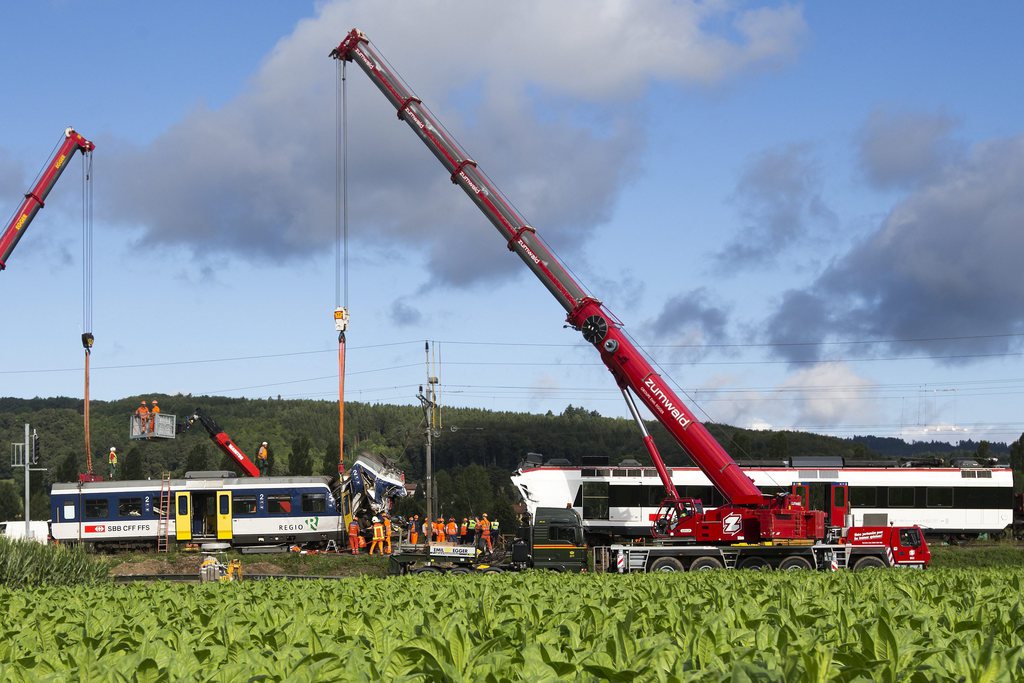
The train crash in western Switzerland on July 29, in which a train driver died, has prompted calls for rail safety to be boosted. The head of the Swiss Federal Railways said in an interview published on Sunday that signals could be modernised more quickly.
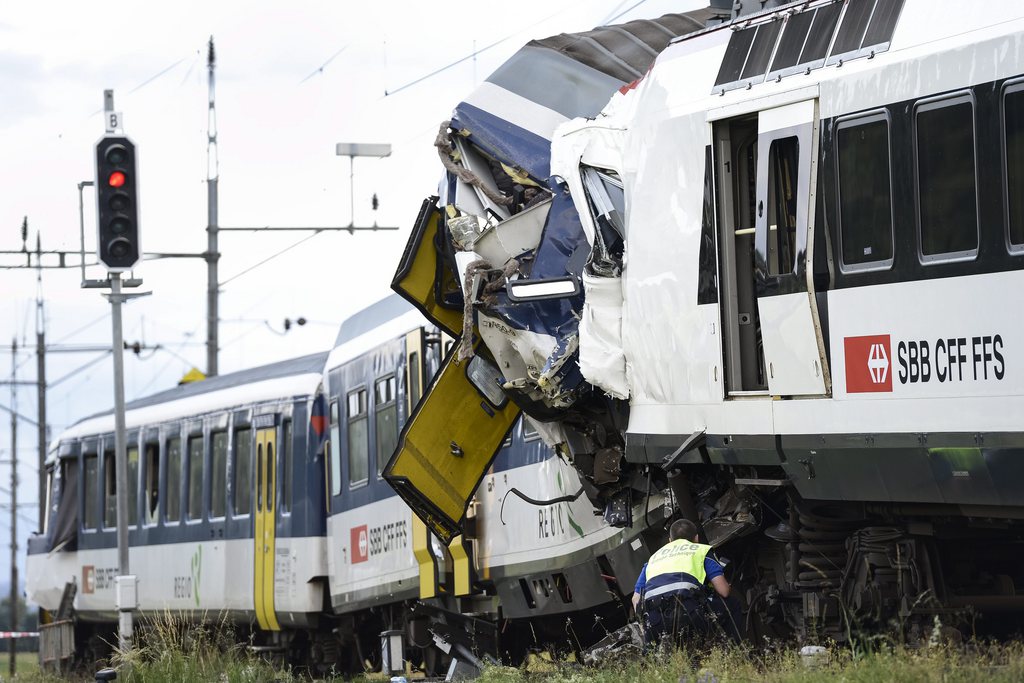
More
Driver error suspected in train crash
An initial investigation has found that the most likely cause of the frontal collision between two passenger trains – the worst accident of its kind in ten years – was human error on the part of one driver.
In all, 25 people were injured in the accident at Granges-près-Marnand on a section of the regional line between Lausanne and Payerne. The 24-year-old driver of a commuter train from Payerne is believed to have passed through a stop signal, resulting in a head-on collision with a faster regional train coming from Lausanne.
The train protection system at the stop signal in question uses the widely-used Signum system which dates from 1933. This only stops a train when it has gone past a signal. There is also the ZUB system which can stop a train before it goes through the red light. It is used at 2,200 locations and is due to be introduced at 1,700 more by 2018.
Federal Railways head Andreas Meyer told the Schweiz am Sonntag newspaper that signals could be modernised more quickly.
“I have tasked the Infrastructure Division to review the prioritising of individual investment tranches and an acceleration,” he said.
At the same time, the European Train Control System (ETCS) Level 2 could be introduced earlier than planned – originally 2035, he added. This system sees train drivers provided with information in their cabs about the track, speed and permission to proceed, effectively doing away with external signalling. Information is constantly monitored by a control centre. It is currently in use in two locations.
Rejected allegations
Meyer strongly rejected allegations that the Federal Railways had not paid enough attention to safety. “We have a historically developed system in train protection and we have known for many decades that there are some gaps. But it is absolutely not fitting to talk about a deficit,” he told the newspaper. Meyer said he had personally fought for the ZUB system to be rolled out.
The head of the Federal Transport Office, Peter Füglistaler, said that he supported boosting safety measures on the rail network. “We are reviewing whether we can slow down technological changes and invest more in safety,” he told the NZZ am Sonntag newspaper.
But he thought that speeding up the installation of ETCS Level 2 was “an illusion” as it was not quite ready for application everywhere. He favoured more speed monitoring measures on the rail network as a quick way of increasing safety.
For his part, the president of Swiss Association of Locomotive Drivers (VSLF), Hubert Giger, has criticised staff reduction. He said that the federal railways had moved from a four-eye principle to a two-eye principle on regional lines without changing safety features. This had put the safety burden on train drivers.
In former times, the conductor or the station master gave the order for the train to leave the station. Nowadays the driver is on his own on around 70 per cent of local and regional trains. “There is a price to pay with such tragic accidents,” Giger told the Zentralschweiz am Sonntag. He said the federal railways should have reviewed the situation and boosted ZUB use before reducing staff.
On August 2 train drivers across Switzerland sounded engine whistles at 2pm in memory of their late colleague. Experts say it is the first death of a train driver in an accident in Switzerland in 25 years.

In compliance with the JTI standards
More: SWI swissinfo.ch certified by the Journalism Trust Initiative
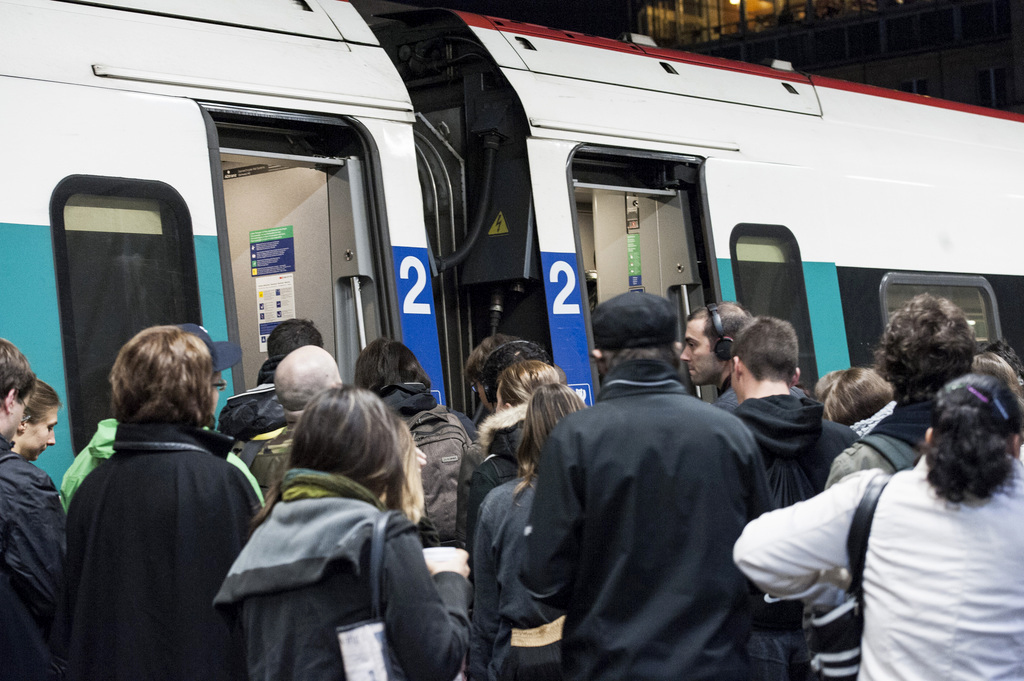
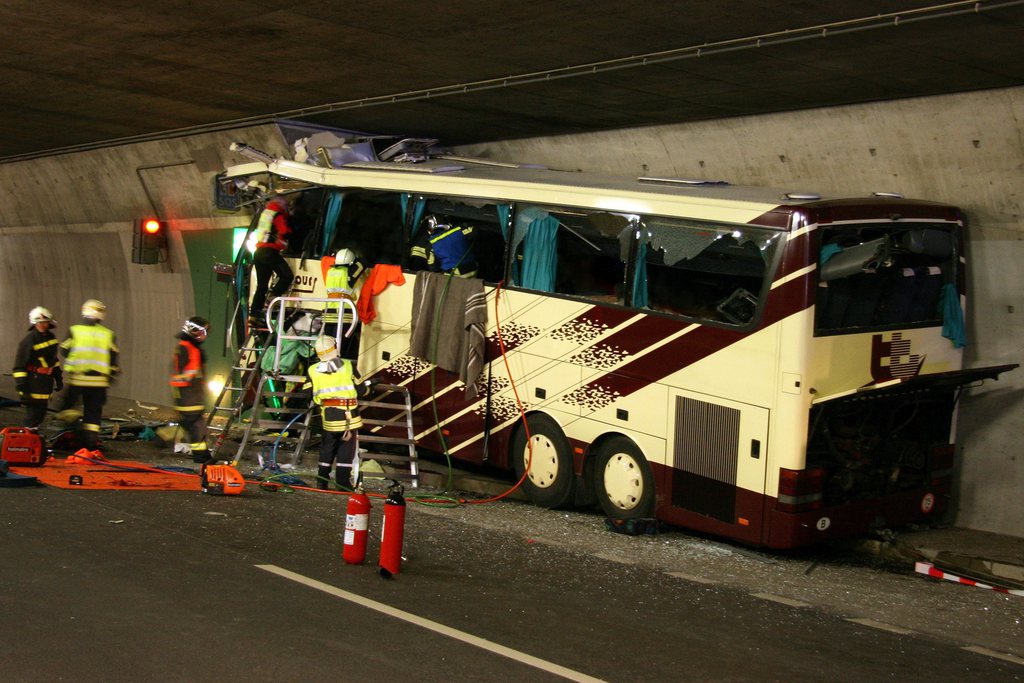
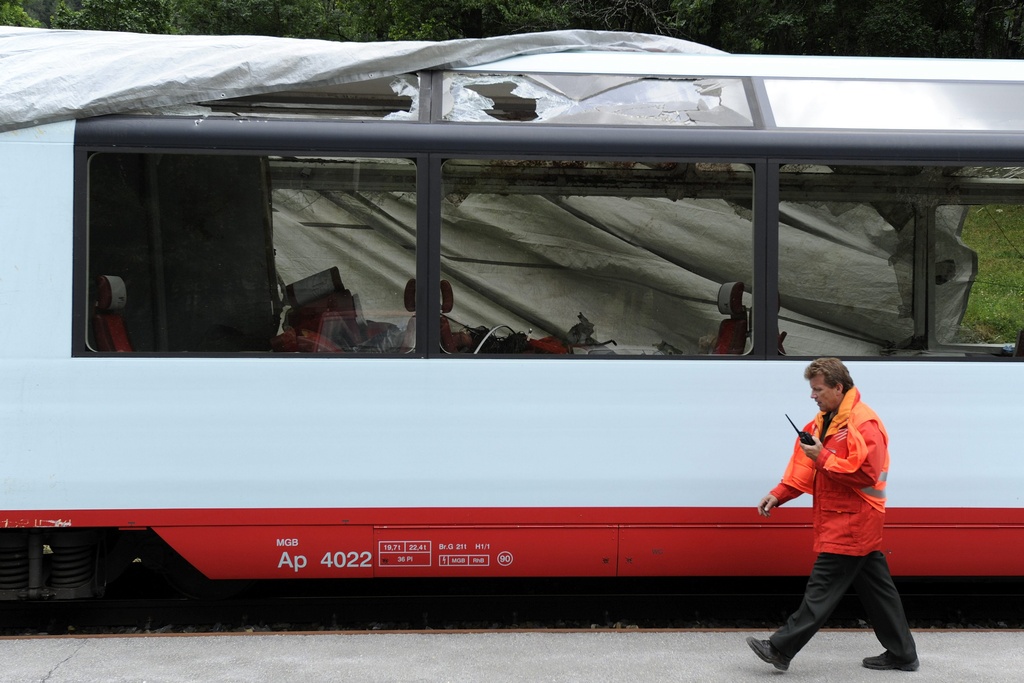
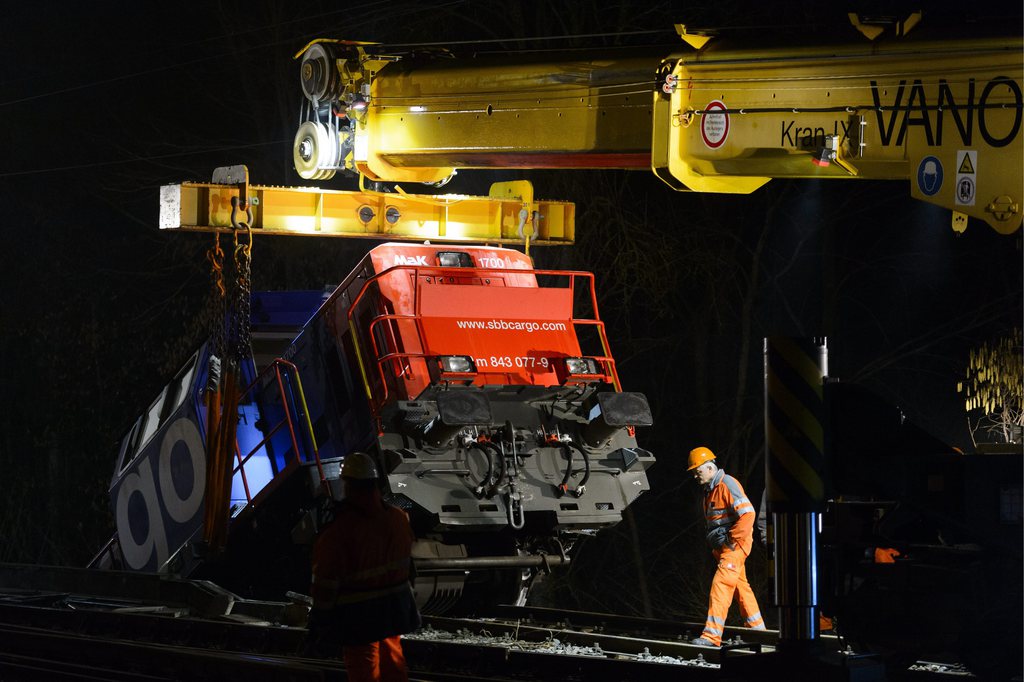
You can find an overview of ongoing debates with our journalists here. Please join us!
If you want to start a conversation about a topic raised in this article or want to report factual errors, email us at english@swissinfo.ch.